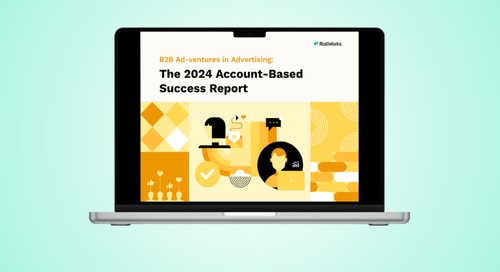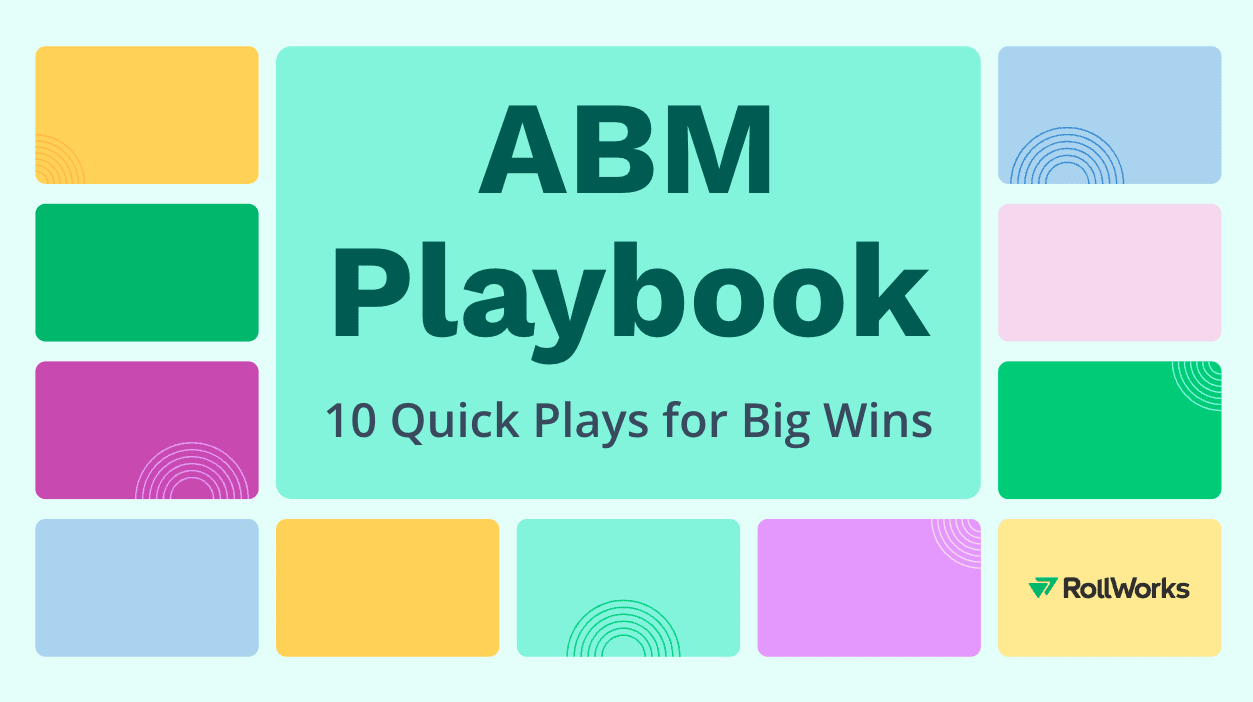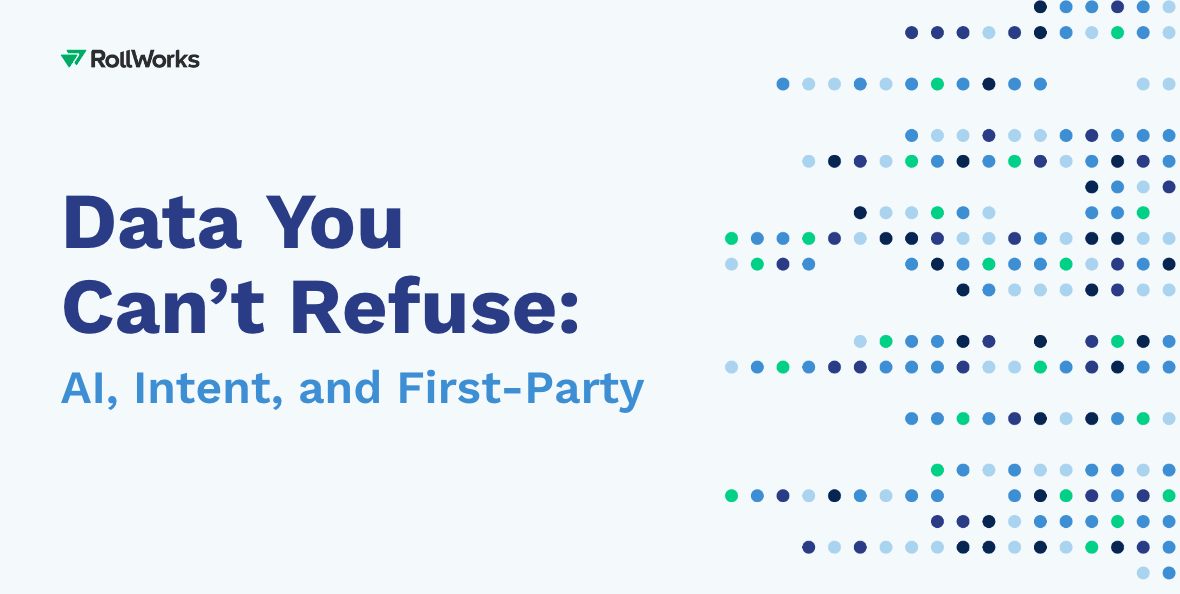Marketing pros are not immune to falling into the same old traditional traps, picking out their targets and then hitting them with the same, tired messages everywhere they can. But when we're talking account-based marketing (ABM) versus the old spray-and-pray, it's clear that throwing the same pitch to everyone just doesn't cut it.
In this blog, we'll shake things up with key stats that prove just how ABM outperforms traditional demand gen. It's all about getting smart with your strategy to outdo the old ways and nail those revenue goals in today's competitive scene.
1. Spiking Accounts are 200% More Likely to Become an Open Opportunity Within 30 Days of a Spike
This statistic highlights the predictive power of account engagement spikes in identifying prospects that are more likely to progress through the sales funnel. By monitoring and responding to these spikes, ABM strategies can significantly increase conversion rates.
2. Accounts That Spike While in Open Opp are 30% More Likely to Become a Customer Within 30 Days of the Spike
Engagement spikes aren't just predictive; they're also indicative of ongoing interest that, when leveraged properly, can increase the likelihood of closing a deal. This underscores the importance of timely and targeted follow-up actions within your ABM campaigns.
3. A Graded Accounts are 55% More Likely to Become an Open Opportunity Than B Graded Accounts
Account grading is a cornerstone of effective ABM. This statistic reveals how prioritizing 'A' graded accounts—those deemed most valuable based on specific criteria—can significantly impact your pipeline's quality and conversion rates.
4. A, B, C Graded Accounts are 75% More Likely to Become an Open Opportunity Than D, F Accounts
The wider gap between higher-graded accounts and lower-graded ones further emphasizes the importance of account selection and prioritization in ABM strategy. It demonstrates that not all accounts are created equal, and focusing your efforts where it matters can yield better results.
5. ABM Delivers a 50% Reduction in Sales Time Wasted on Unqualified Leads
Unlike traditional demand gen, ABM's targeted approach means sales teams spend less time sifting through unqualified leads and more time engaging with prospects that are more likely to convert.
6. Companies Using ABM Generate 67% More Revenue Per Account
By focusing resources on accounts with the highest potential value, companies can maximize their revenue per account, outperforming generic marketing strategies that spread efforts thinly across a broader audience.
7. 91% of Companies Using ABM Report Larger Deal Sizes
The precision of ABM allows businesses to tailor their messaging and offerings to the specific needs and pain points of their target accounts, leading to larger deals and higher average contract values.
8. ABM Strategies Lead to a 70% Increase in Account Engagement
Personalized and targeted content, inherent to ABM campaigns, resonates more effectively with prospects, driving higher engagement rates compared to more generalized approaches.
9. 85% of Marketers Measuring ROI Say ABM Outperforms Other Marketing Investments
The effectiveness of ABM is not just qualitative; it's quantitatively superior, with a significant portion of marketers reporting better ROI from ABM than from any other marketing investments.
10. ABM Leads to a 35% Higher Customer Retention Rate
The personalized engagement and relationship-building central to ABM don't just help in acquiring new customers; they also play a crucial role in retaining them, leading to a more sustainable business growth model.
These statistics illuminate the strategic advantages of adopting an ABM approach over traditional demand generation tactics. By focusing on high-value accounts with tailored strategies, businesses can not only increase their chances of conversion but also achieve higher deal sizes, better ROI, and stronger customer relationships.
About the Author
Follow on Linkedin More Content by Alysha Parker, Content Marketing Manager































